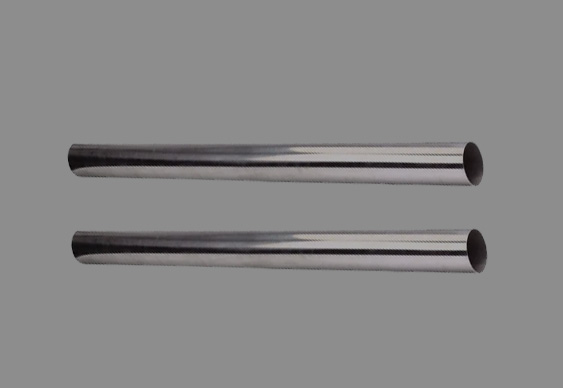
When choosing materials for different industrial uses, knowing their physical properties is essential. One key property to consider is the thermal expansion coefficient, which is particularly important for seamless tubes. At Nufit Flanges, we take pride in offering high-quality stainless steel seamless tubes, known for their remarkable durability and excellent performance even under changing temperatures.
Thermal expansion describes how materials change in shape, area, and volume when temperatures change. When you heat a material, its particles move more energetically, which makes the material expand as these particles take up more space. On the flip side, cooling a material causes its particles to slow down and move closer together, leading to contraction. The extent to which a material expands or contracts with temperature changes is measured by its thermal expansion coefficient.
For industrial applications, knowing the thermal expansion coefficient is crucial for several reasons :
Stainless steel is a preferred material for manufacturing seamless tubes due to its robustness and resistance to corrosion. The thermal expansion coefficient of Stainless steel seamless tubes is typically around 16.0 µm/m/°C (micro meter per meter per degree Celsius). This value indicates that for every degree Celsius increase in temperature, a meter-long stainless steel tube will expand by 16 micrometers
The thermal expansion coefficient (CTE) is typically measured using dilatometers, which can precisely determine the change in length of a sample as it is heated or cooled. The CTE is expressed in units of inverse temperature, such as µm/m/°C (micrometers per meter per degree Celsius) or 10^-6/°C. This unit quantifies how much a material expands per meter for each degree Celsius increase in temperature
Different materials exhibit varying CTE values. Here are some common materials used for seamless tubes and their typical CTE values
Stainless Steel (304) : 16.0 µm/m/°C.
Stainless Steel (316) : 15.9 µm/m/°C.
Carbon Steel : 12.0 µm/m/°C.
Inconel : 13.0 µm/m/°C.
Titanium : 8.5 µm/m/°C.
When designing systems that will be subjected to temperature fluctuations, material selection is crucial. Considerations include

Thermal expansion can significantly impact the performance of seamless tubes
To ensure the reliability of seamless tubes, they are subjected to rigorous testing and must comply with various standards. Key standards include
At Nufit Flanges, we understand the critical role that seamless tubes play in various high-performance applications. By providing detailed insights into properties like the thermal expansion coefficient, we aim to assist our clients in making informed decisions that enhance the reliability and efficiency of their operations. Whether you are working with Stainless steel seamless tubes in extreme temperatures or seeking materials that offer consistent performance, knowing the thermal expansion characteristics is indispensable for achieving optimal results
You can Contact Nufit Flanges at sales@nufitalloys.com to know more information about Seamless Tubes, and how you can utilise them in plant operations.